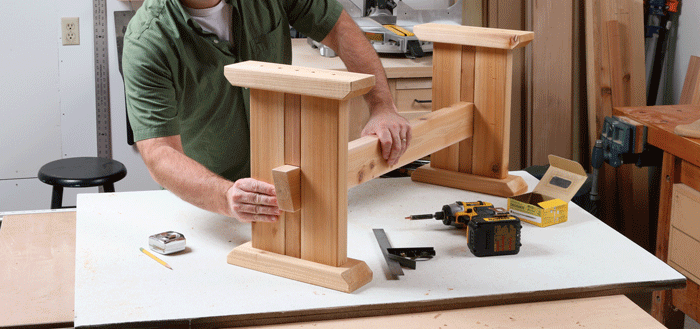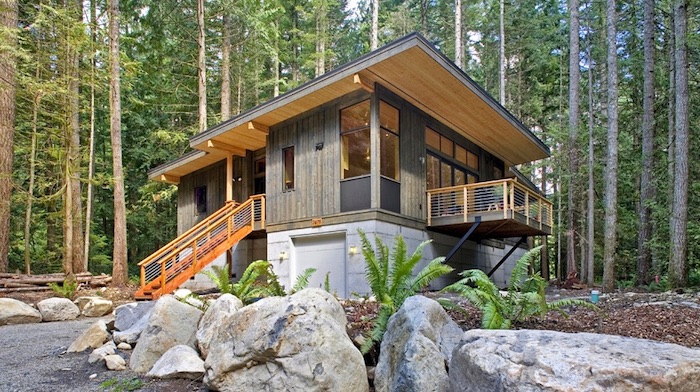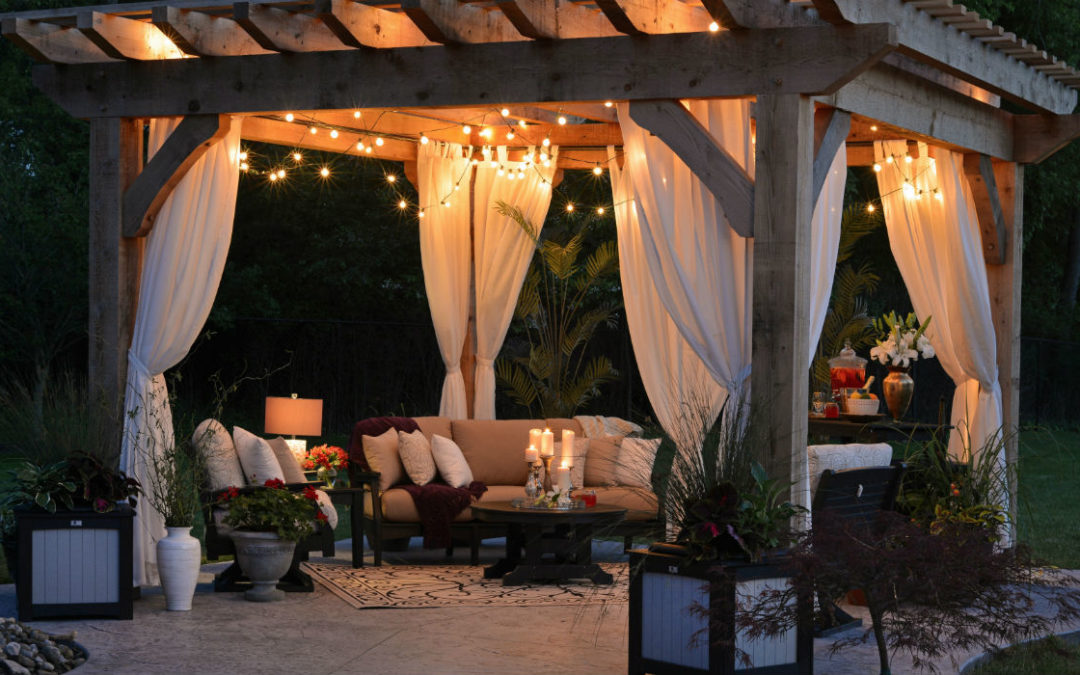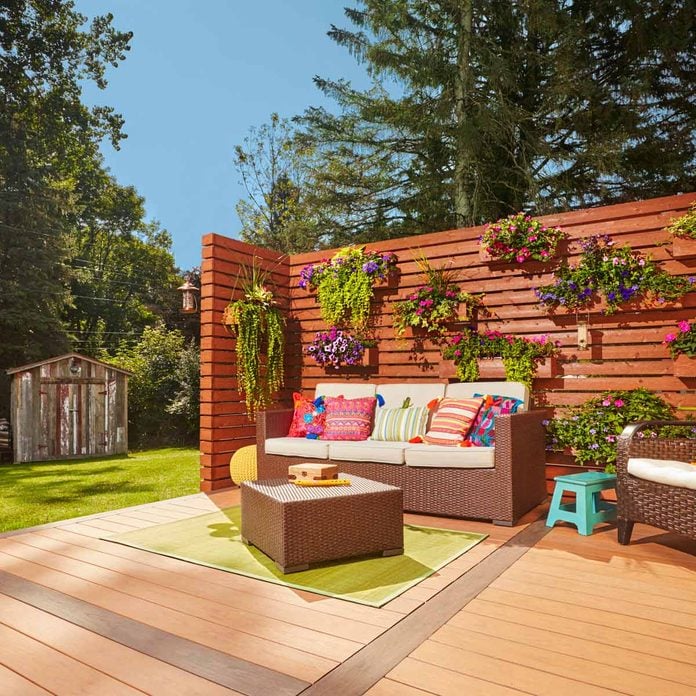Easy Carpentry Creations: DIY Projects for Beginners
"*" indicates required fields
Carpentry is a versatile skill used to build furniture, structures, and even homes. DIY carpentry projects are an excellent way for beginners to develop this skill while creating useful and beautiful objects. Whether you’re interested in making your own furniture, building a deck, or constructing a birdhouse, many projects are perfect for beginners. Explore a world of creativity and learning with our curated DIY carpentry projects for beginners. Start today with our beginner-friendly woodworking projects.
DIY Carpentry Projects for Beginners:
-
Building a birdhouse
Building a birdhouse is one of the simplest and most rewarding DIY carpentry projects for beginners. Building a birdhouse is a simple project that doesn’t take much time or money. A birdhouse can be constructed with a few planks of wood, a drill, some screws, and a saw. You may get free birdhouse blueprints in a wide variety of web resources.
-
Creating a picture frame
Another DIY carpentry project that is perfect for beginners is creating a picture frame. Making a picture frame is a simple project that can be tailored to suit photos of any size or shape. To make a frame, you’ll need some wood, a saw, some sandpaper, some wood glue, and a few tools. Many online tutorials can guide you through the process of creating a picture frame.
-
Building a bookshelf
Consider building a bookshelf if you’re looking for a more substantial DIY carpentry project. Bookshelves can be built to suit any room and provide additional storage and organization. To construct a bookshelf, you will need a saw, drill, screws, and some wood. You may find free bookshelf plans in a wide variety of web resources.
-
Constructing a workbench
Consider constructing a workbench if you’re interested in more advanced DIY carpentry projects. A workbench is a sturdy table that is used for woodworking and can be customized to fit your space and needs. You’ll need a saw, drill, screws, and a few pieces of wood to construct a workbench. Free workbench plans are widely available on the internet and can serve as a helpful resource.
-
Building a deck
Another advanced DIY carpentry project is building a deck. Decks are outdoor structures that provide a place to relax and entertain and can increase the value of your home. You’ll need a saw, drill, screws, and various other tools and materials to build a deck. Free deck plans are widely available on the internet and can be utilized as a starting point for your project.
-
Creating a wooden toy
Creating a wooden toy is a fun and creative DIY carpentry project that is perfect for beginners. Wooden toys can be customized to fit any child’s interests and can be made with minimal tools and materials. A wooden toy can be made using a saw, some sandpaper, some wood glue, and a few scraps of wood. Many online tutorials can guide you through the process of creating a wooden toy.
-
Making a picture ledge
Consider making a picture ledge if you’re looking for a simple and stylish DIY carpentry project. Picture ledges are decorative shelves that are perfect for displaying photos and artwork. To construct a picture ledge, you will require some lumber, a saw, some sandpaper, wood glue, and a few cutting tools. Many online tutorials can guide you through the process of making a picture ledge.
-
Building a planter box
Another DIY carpentry project that is perfect for beginners is building a planter box. Planter boxes are outdoor containers that are used to hold plants and flowers. They need a few resources to construct and may be altered to suit any decor. You will need a saw, drill, screws, and some wood to construct a planter box. You may find free planter box plans in a wide variety of web resources.
-
Creating a cutting board
Creating a cutting board is a functional and stylish DIY carpentry project that is perfect for beginners. Depending on your needs, a cutting board can be created in a wide range of sizes and shapes. Building a cutting board requires some cutting, sanding, wood glue, and wood scraps. There are a plethora of resources available on the internet to help you make your own cutting board.
-
Building a storage bench
Consider building a storage bench if you’re looking for a DIY carpentry project that combines functionality and style. Storage benches are versatile pieces of furniture that provide seating and storage. You’ll need a saw, drill, screws, and a few pieces of wood to build a storage bench. Free storage bench plans are widely available on the internet and can serve as a helpful resource.
Conclusion
DIY carpentry projects are an excellent way for beginners to develop their skills while creating useful and beautiful objects. From birdhouses to storage benches, many projects are perfect for beginners. When starting a new project, choosing one appropriate for your skill level and tools is important. With practice and persistence, you can take on more complex projects and further develop your carpentry skills. So, pick a project that interests you, gather your materials, and start!
FAQS
Q: What are some essential tools I need for DIY carpentry projects?
A: Some essential tools for beginners include a tape measure, hammer, screwdriver set, handsaw, chisels, level, power drill, and clamps.
Q: How can I choose the right type of wood for my project?
A: Things like longevity, aesthetics, and cost should all be taken into account. Pine is popular among beginners because of its low cost and ease of use, while oak is prized for its durability and attractive finish.
Q: What safety precautions should I take while working with carpentry tools?
A: Always wear safety goggles, gloves, and ear protection. Use clamps to secure your workpiece, keep your tools sharp, and follow proper handling techniques to avoid accidents.
Q: How do I properly measure and cut wood for my project?
A: Always double-check your measurements before making any cuts. Mark your measurements precisely with a tape measure and a pencil. Cut along the dotted lines using either a handsaw or a power saw.
Q: How can I ensure my carpentry joints are strong and secure?
A: Use appropriate joinery techniques such as butt joints, miter joints, or dovetail joints. Glue and screws or nails can provide additional strength.
Q: What is the best way to sand and finish my carpentry project?
A: Start with coarse-grit sandpaper to remove rough surfaces and gradually work your way up to finer grits. Finish with a clear coat, stain, or paint, depending on your desired look.
Q: How can I fix mistakes or imperfections in my carpentry project?
A: Small mistakes can often be sanded down or filled with wood putty. You may need to re-cut or replace the affected piece if the mistake is significant.
Q: How can I ensure my carpentry project stays level and straight?
A: Use a level and square to check for straightness and accuracy throughout the project. Proper measuring, marking, and clamping techniques are also important.
Q: How do I hang shelves securely on a wall?
A: Use a stud finder to locate wall studs for added support. Use appropriate wall anchors or screws to secure the shelf brackets or cleats to the wall.
Q: What are some easy beginner-friendly carpentry projects?
A: Some beginner-friendly projects include building a simple bookshelf, constructing a basic picture frame, making a wooden cutting board, or building a small storage box.
"*" indicates required fields







